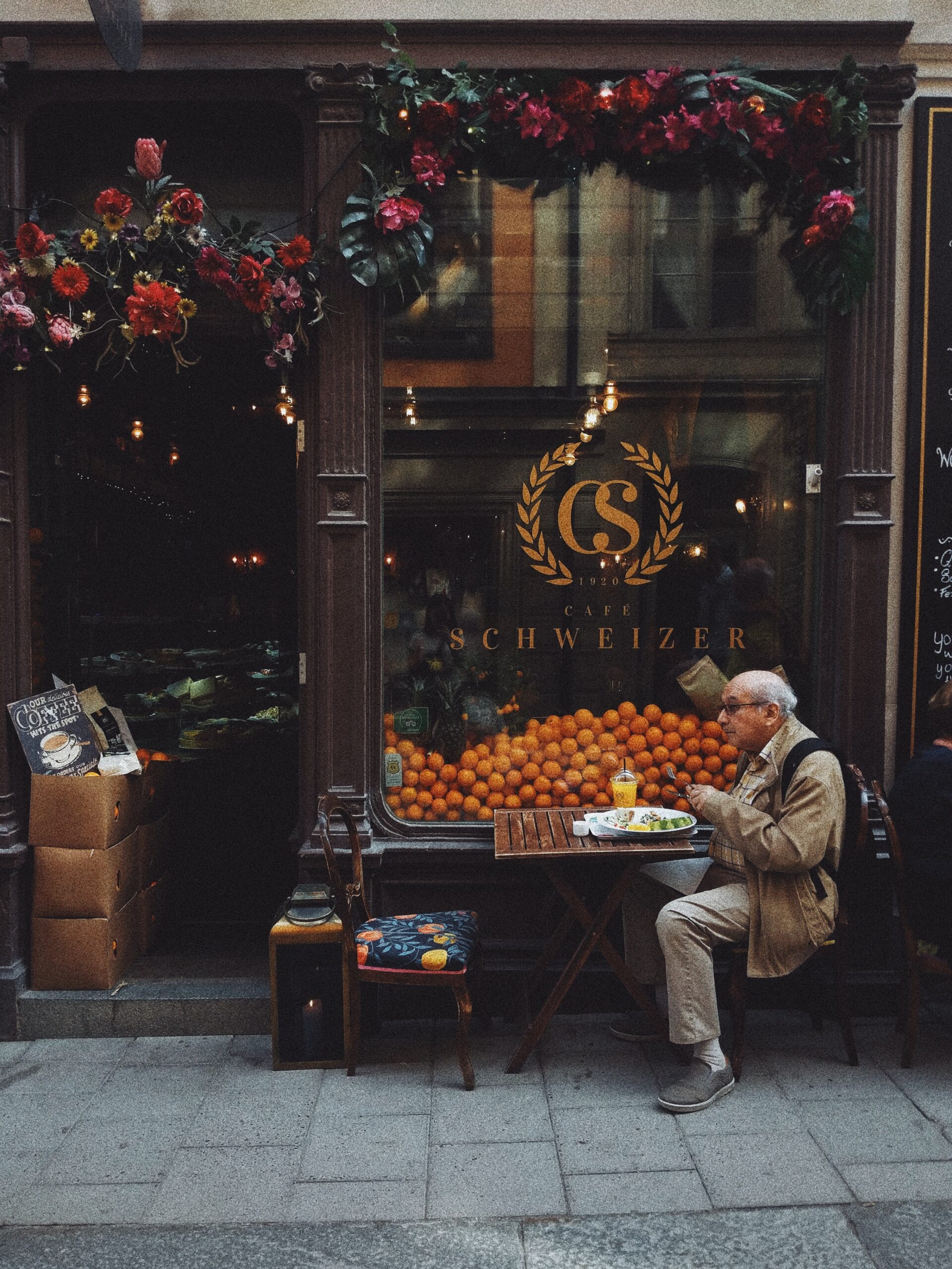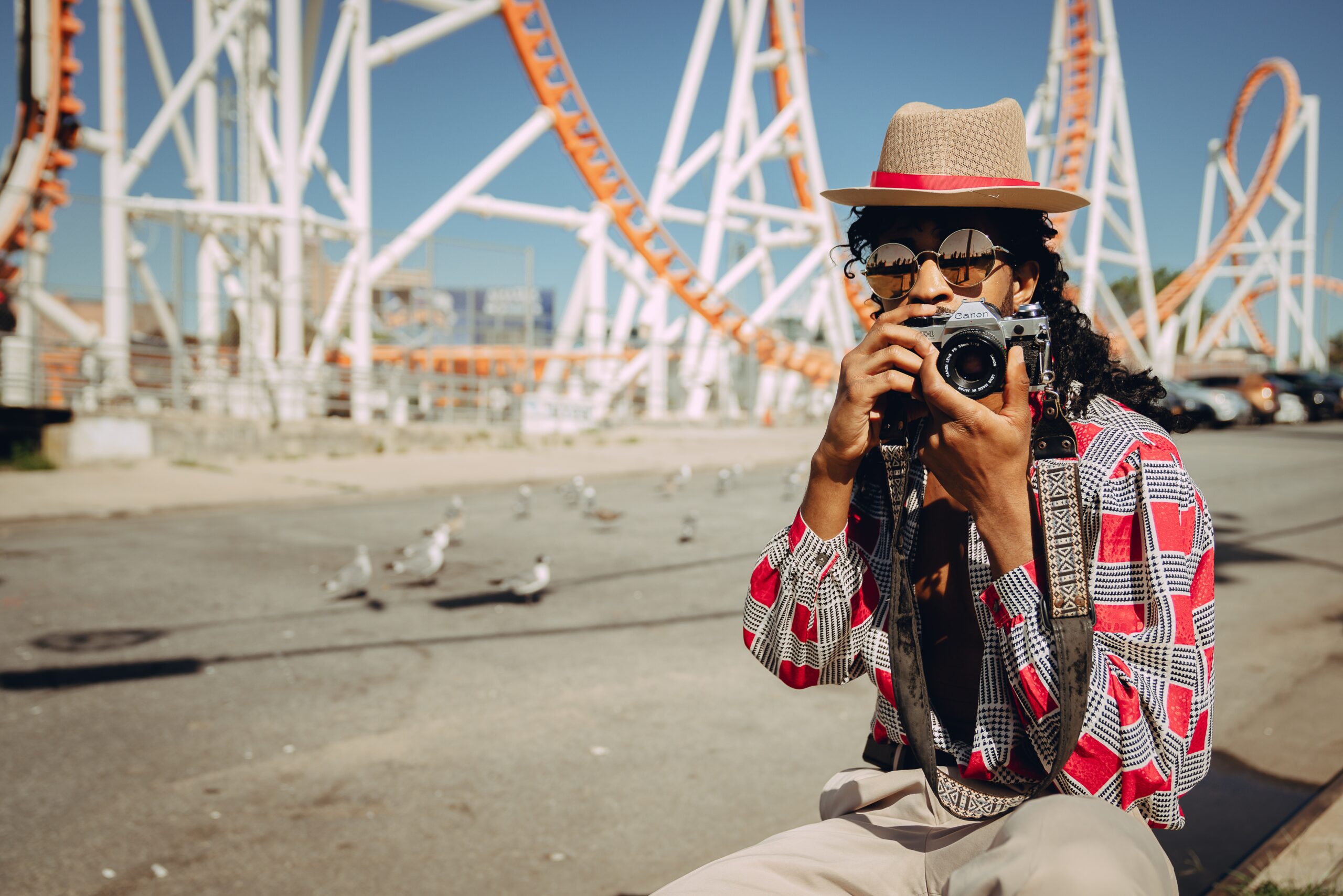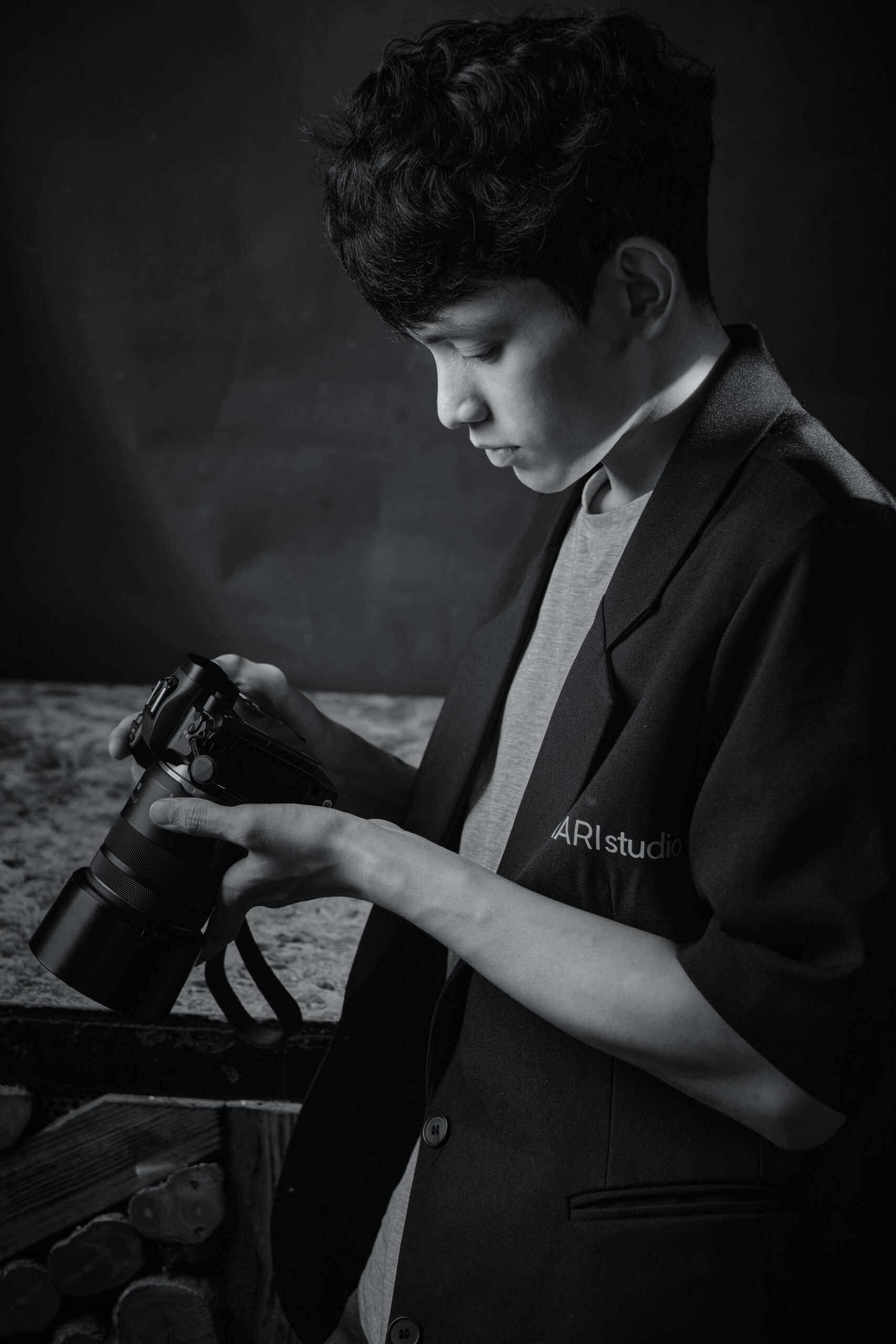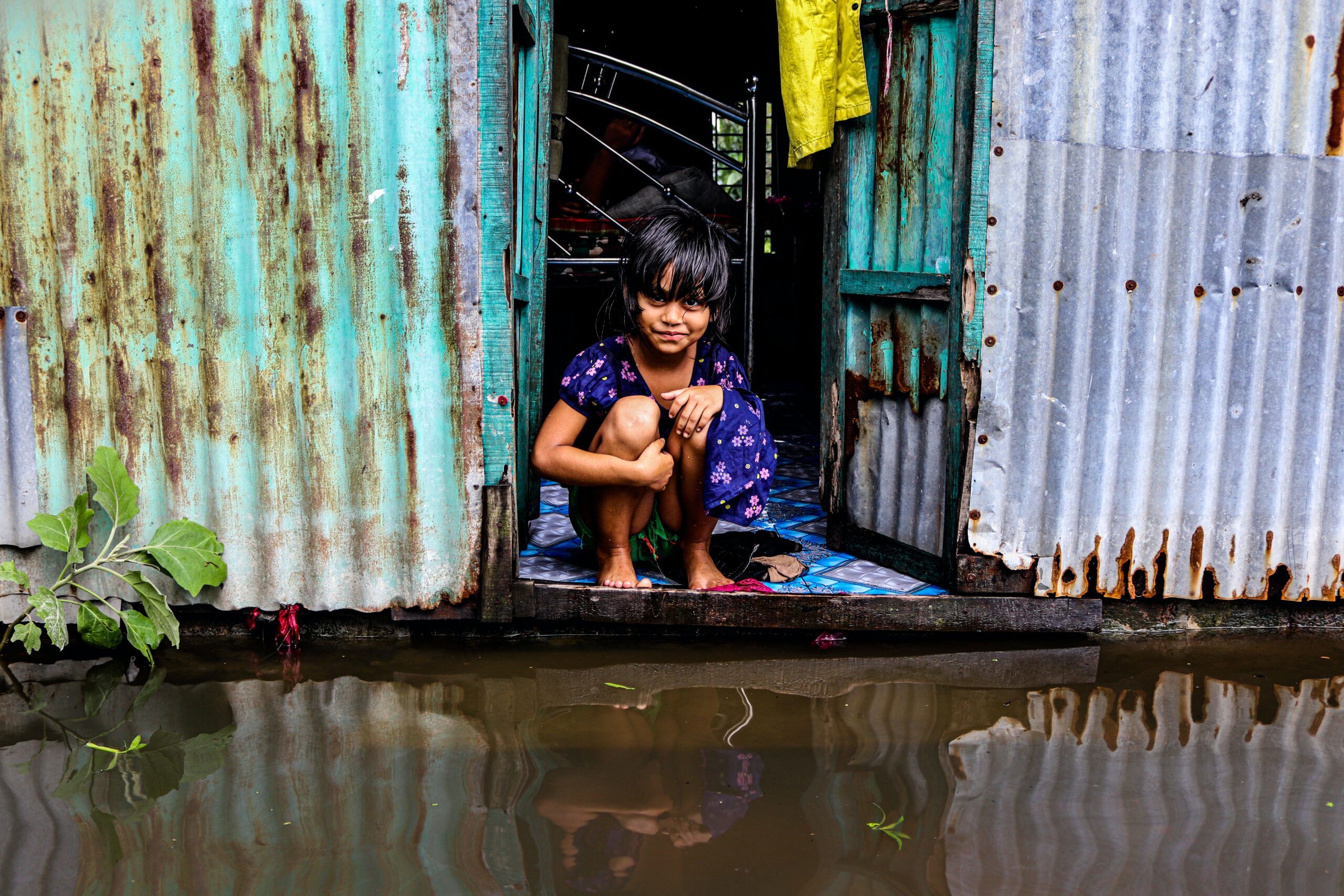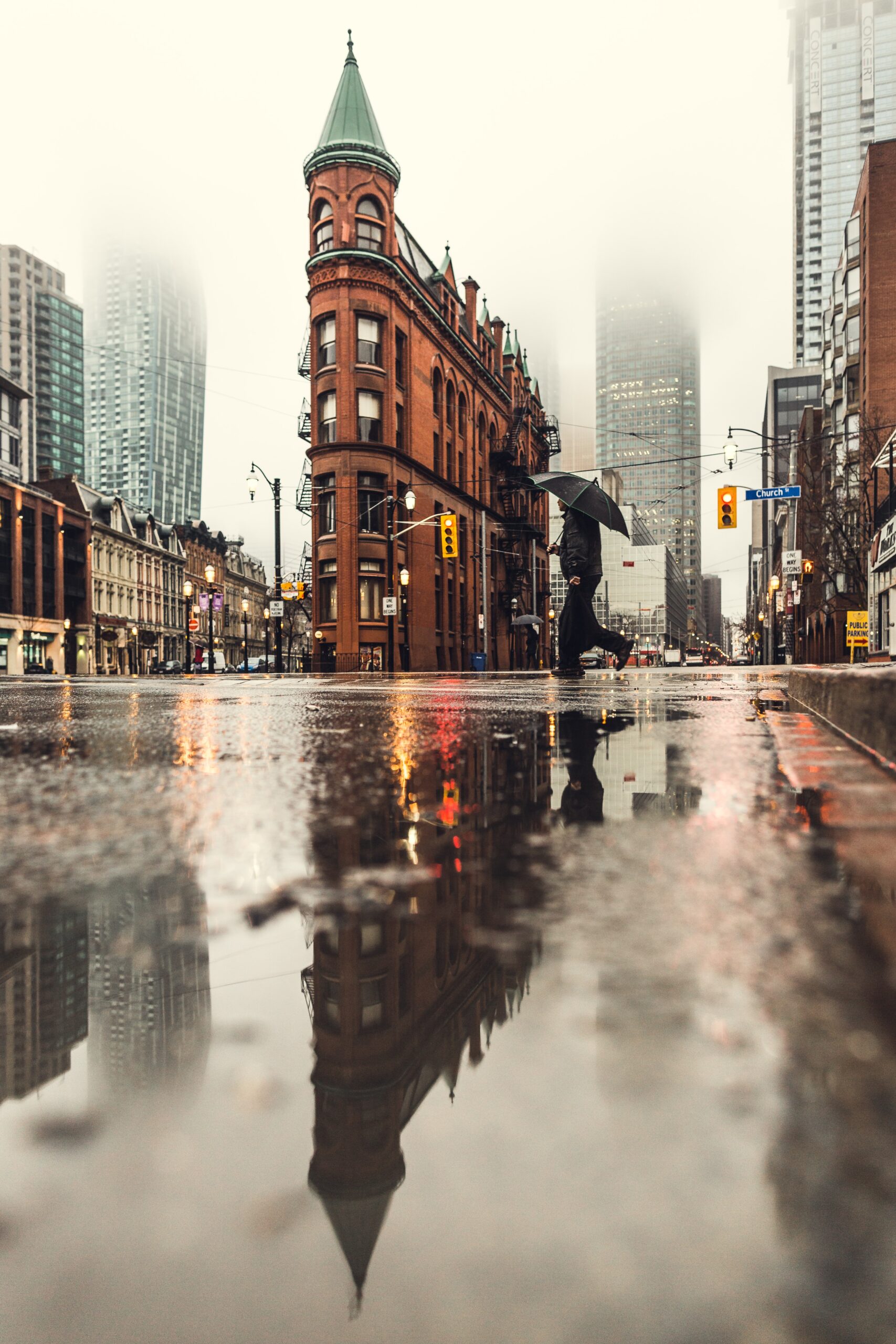We never run out of memories when we capture them well, in fact, one picture is worth a thousand words and it tells a lot of stories and memories. Yes, cameras work well for people whose heart is really on it!
The camera is a part of life that gives pleasure and enjoyment. Everyone can be a photographer on his/her own because everyone has a camera to use. Mostly, all cell phones have cameras that can capture long-lasting memories.
What separates street photography from other genres is that it focuses on capturing fleeting moments of life. Waiting for that split-second magic called “decisive moment” to capture the scene.
Street photography may not necessarily have a social purpose but is merely about capturing the essence of human emotions. Telling stories with the click of a camera. To engage people and build connections to capture the genuine expression and emotion of these people. What it takes is impeccable timing, an ideal spot, and you are set for the perfect shot.
The Benefits of Getting Into Street Photography
There are plenty of ways one can benefit from Street Photography. The most practical benefit that you can get is that it’s a good source of money. It’s like fun earning. Doing passionately the thing you like, while making some money out of it. But more than that, it can teach us lessons like being mindful and responsive to others as well as to the things around us.
While it can teach us to be more vigilant, it can also make us appreciative and thankful beyond our disappointments and downs. It can teach us to be more aware of the small details of our life.
Most of all, it can be fun and learning because it can spark our hidden creativity and imagination bringing out the dormancy of an artist within us.
How to Choose a Camera for Street Photography
A good street camera should be small and discreet. Ideally, it shouldn’t weigh too much, as you might be wearing it around your neck or on your shoulder for a very long time. Another thing to remember is that bigger cameras tend to draw attention to your unsuspecting subject. You must remember that you are taking candid photos of strangers and you don’t want to draw their attention. In this manner, it would allow you to slip through unnoticed. Street shooting is all about being there, blending within your surroundings, and finding that split-second moment when the elements aligned perfectly. This will allow you to photograph much quicker and more spontaneously.
Looking for the Right Subject
This would require the right timing and the perfect spot. When you’re in public places looking for something to photograph, be patient, and look for candid moments that convey a sense of joy, solitude, surprise, or any other emotion that resonates with you.
Here are some of the tips for choosing and emphasizing a subject especially, when you are an amateur. A well-defined subject is required for an excellent street photograph.
First, find what inspires you. Then, choose your surroundings and practice developing an eye for interesting subjects. A street photographer must be a keen observer, with an eye for documenting everyday life. Anything from eye-catching outfits to ironic coincidences and untoward incidents can be a good capture in street photography. Next, try to look at your desired subject from a more unique perspective. Remember that the placement of the subject is one key. Finally, you have to tell a story using your photographs. All of the laws of composition, such as the rule of thirds, leading lines, use of negative space, symmetry, frames, and so on, still apply. Create images that cause the spectator to pause and wonder.
What Are the Three Major Rules in Street Photography
Know Your Camera
All you need to get started is a camera (any modern camera, including a smartphone) and a public location to capture. It will be very helpful for you to be familiar with the camera you’re using. Shoot in whatever mode allows you to capture the moment best as quickly as you can. Keep an eye out for patterns, textures, and lines.
Select your camera and lenses. Much better if mirrorless and micro four-thirds cameras. The technology and image quality on it has already improved much like the SLRs. Many street photographers do a fantastic job with a zoom lens, but prime lenses will serve you all right, especially with beginners. It allows you to shoot faster and in a more spontaneous way at a certain focal length. Wasting no time for zooming adjustments (35mm and 50mm) in full-frame equivalents. A normal or wide-angle lens will do just fine allowing you to get closer to your subject to show more intimate moments. The subjects will appear closer and larger while still being able to show a lot of the background. A telephoto lens, on the other hand, can feel too far removed compressing your subject and background together and a lot of the details will be lost.
Try to use available light to bring your subject(s) to life. Always consider how strong the light is, and then set your ISO accordingly. ISO 400 in sunlight, 800 in light shade, 1600 in dark shade, and 3200 to 6400 from dusk to evening. However, you may set your settings for the shady areas of the street (unless you decide to shoot strictly under the sun for a very long time). That way, wherever you aim your camera if the best moment pops out in the shade, you’ll still get a sharp photo. The higher the ISO the deeper depth of field and a faster shutter speed to come back with sharp street photos.
The deeper depth of field will help with street shots that have multiple interesting subjects at different depths and it will help you still get the focus correct if you happen to miss the subject by a bit. Since light changes constantly and you want to focus your attention on photographing, try to use an aperture of around f/8 (on a mirrorless camera) whenever possible to let the camera do some of the work. Changing the settings constantly on Manual Mode will take away your focus.
Street photography can be done well in Aperture Priority, Shutter Priority, and Manual Modes, but you can use Aperture Priority most of the time. With Aperture Priority, you can dial in your aperture to exactly what you need and all you have to do is pay attention to your shutter speed occasionally. Above 1/250th of a second whenever possible to freeze motion on your subjects, and 1/125th or 1/80th is better at night or in dark situations.
Learn To Connect With Your Subject
The purpose of street photography is to show something beneath the surface. It’s to share emotions, feelings, and ideas. One of the most effective ways of doing this is to show these emotions in your subjects. Start with a crowded area to see if you can find someone or something interesting. Observe people’s behavior and looks whenever considering the right subject.
Street photography is a very personal form of photography. It allows you to capture feelings and stories in the outside world, but the strongest of this type of work connects the photographer to it. The better you know yourself, the better a photographer you will become.
These are personal stories. You will be better at noticing these moments based on personal experience. This is a very important way to be able to capture the type of intimate photographs that will resonate with your viewers.
Pay attention to the looks in people’s eyes, the expressions on their faces, and the gestures they make with their bodies. A good look in the eyes can carry an entire photograph.
Lastly, don’t forget that respect is very important. Maintain safe a distance from your subject to avoid getting more intrusive. They know you are there to take photos. Do it politely without obstructing the flow of life around you. Be friendly, be gracious, and when things do not end well just simply walk away.
Master the Art of Editing to Discover New Ideas
In street photography taking the photo is only half of the job, the other half is your editing. Although cropping and post-processing of photos are only advisable when used in the right way and in the right situations. One should not rely on apps to make good photos. After all, it’s less about technical perfection and more about capturing raw and real.
Editing is a process that you need to spend a lot of time to improve your craft. That way it will allow you to discover more about your work and notice more moments to capture in the street and come back with more interesting photographs.
Grouping your photographs is incredibly important. Creating groups of similar photographs will help you to develop ideas and stories to tell for your next photograph. Over time, you may find that these ideas will change significantly and some of your favorite photographs early on will not even make the cut anymore.
In conclusion, street photography is something to look at as an art, not as science.
As a street photographer, you must always be ready with your camera. Shoot in whatever mode that allows you to do it with ease. Remember that there are many ways to capture emotions in a good photo.
Reduce cropping, and captured images if necessary. After all, art is diverse, it can be compared to a visual form of poetry where the true meaning is deep beneath the surface.
If what you do arouses such interest, read books, and do research to learn great deals about famous and contemporary photographers and their works. As a neophyte who’s into a passion for street photography, draw out inspiration from them and it’ll open your eyes to new possibilities. You’ll start to notice new moments to photograph that you would not have seen otherwise.

